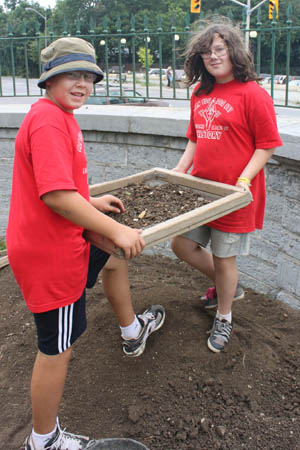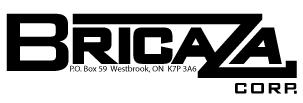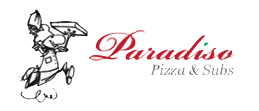The “Can You Dig It?” Summer Archaeology Program has continued to develop and be refined since its inception in 1996. It provides the opportunity for people of all ages to experience archaeology through the hands-on workshops and field excavation. It provides the partner site with archaeological data to further enhance and develop the interpretation of the site. It also provides the general public and visitors to the museum and archaeological site with an opportunity to see archaeology in action. The final objective of the project is to interpret and exhibit the information through production of the archaeological licence report and interpretive exhibits for the museum.
Program Design
The “Can You Dig It?” Summer Archaeology Program was designed as a Cultural Heritage Immersion Program (CHIP) to provide participants with instruction and hands-on experience in all aspects of work related to an archaeological excavation.
There are five major components related to history and archaeology:

- Research and the Archives: Where to look and what to look for? How does this help us do archaeology?
- Archaeology and Excavation: Prepare for fieldwork, learn the tools of the archaeologist, recording and mapping.
- Archaeological Fieldwork: Participation in a real "dig" using your new skills, developed in the first two workshops.
- What Happens After the Dig?: Work with excavated artifacts, cleaning, numbering, sorting, identifying and drawing.
- How Do We Show What Was Found?: Show the history you have just uncovered, exhibits may be displayed at the Kingston Archaeological Centre or the site of the excavation.
How does it work?
Sessions are packed full of hands-on activities related to history and archaeology. Day one and day five consist of workshops that outline all pre and post dig processes necessary in the field of archaeology.
First year sessions outline the basics of archaeology and historical research. The second, third and fourth year programming builds upon the knowledge that is learned in the first year program. These advanced year programs provide in addition to the excavation, field trips to Queen's University Archives, other community museums, transcription of original archival documents, introduction to marine archaeology, internet exploration on archives, archaeology and museums, artifact photography, artifact research projects for website exhibition, introduction to pre-disturbance surveys, surveying and drafting, computer simulated excavation and interpretation, and artifact conservation.
Program sponsors include:






